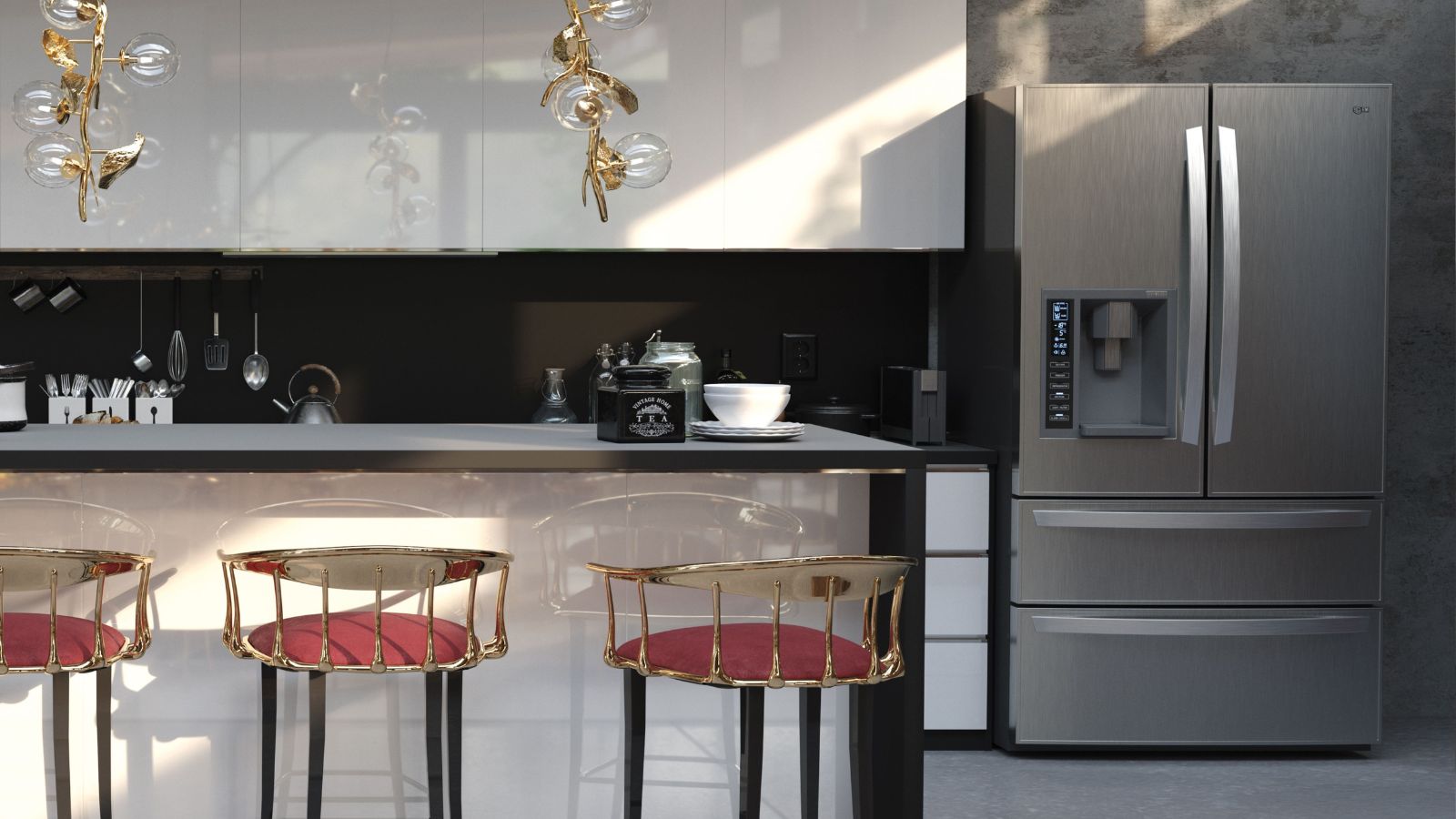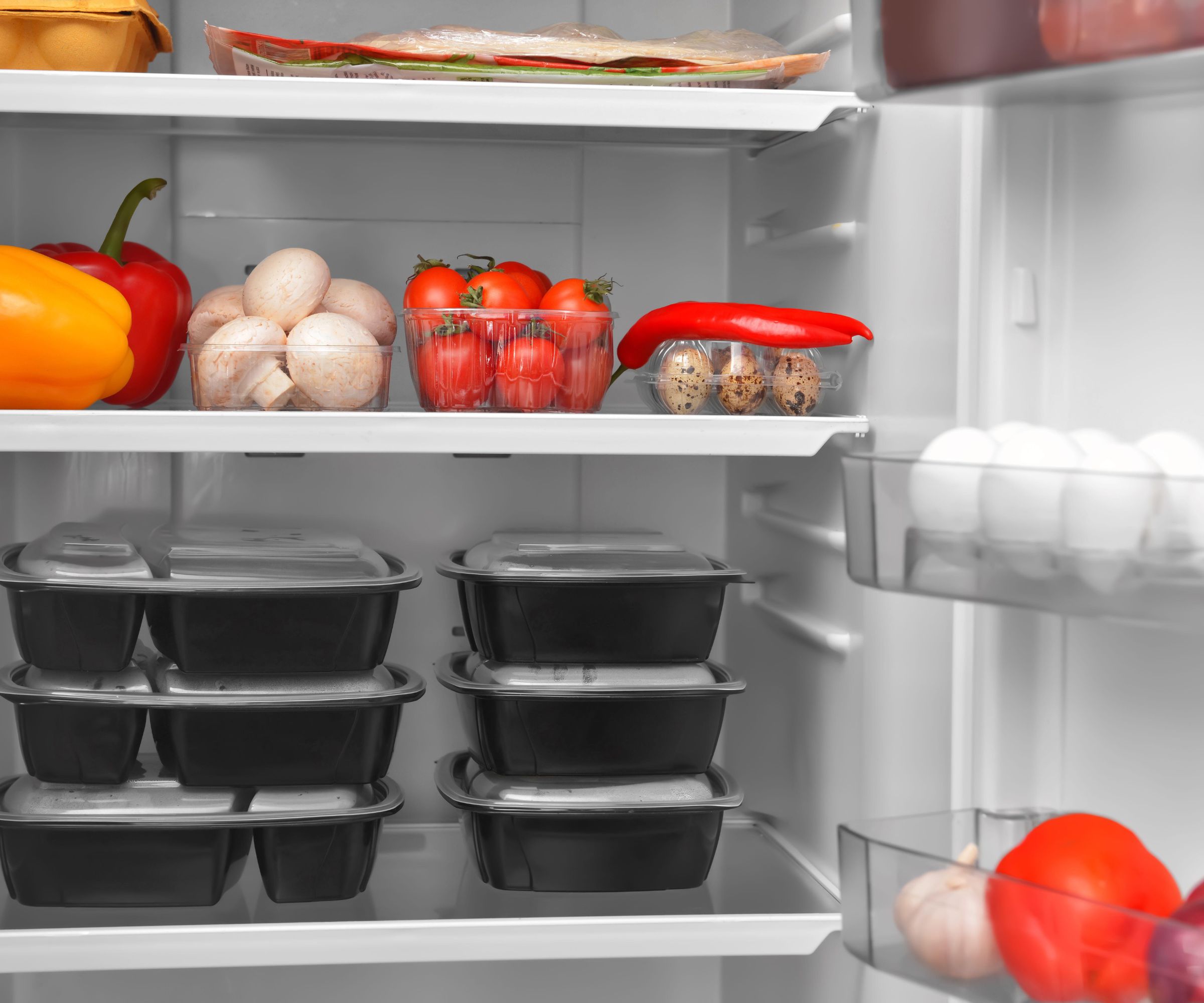
Leftovers are a saving grace for many households. From last-minute dinners to quick lunches, they are incredibly versatile and can be incredibly tasty – so long as they are stored correctly, that is.
There are so many options – from plastic boxes to the pans we cooked them in, to complete glass box sets – that it can make food storage more complicated than it needs to be. ‘Can you freeze mason jars?’ for instance, is a common question for those of us who like to keep our leftovers in, well, leftover containers.
Here, pro chefs have explained if you can freeze mason jars, and have divulged their top leftover storage hacks to help you make the most out of your large portions and embrace food storage ideas to reduce food waste.
Leftover storage hacks
There are certainly some kitchen storage trends to avoid when it comes to leftovers, especially if you want to avoid making yourself sick, keep your kitchen organized, or want to make reheating easier the next day.
Here’s what the pros recommend.
1. Mason jars

Mason jars are a great contender for storing leftovers. They are often ‘free’ once we have used a product up, they have air-tight lids, and they can look pretty stored in pantries and fridges. They beg the question, however, can you freeze mason jars?
Rene Awada, owner and head chef at Healthy Fitness Meals puts our minds at ease, saying, ‘Yes you can freeze mason jars, but make sure to leave some space at the top for the food to expand as it freezes. They’re great for storing leftovers since they seal tightly and keep things fresh. Just make sure to use wide-mouth jars if you’re freezing, so you can easily get the food out later.’
It is worth noting that mason jars crop up on the list of common kitchen items you can and can’t microwave, however, as not all of the glass is tempered. It might be a better idea to decant your leftovers into something else before heating up to be safe.
2. Glass containers with compartments

Glass containers with air-tight lids are arguably the best option for leftover storage and are a non-toxic household essential I swear by.
Chef Richard Sandoval, the founder of Richard Sandoval Hospitality says, ‘For dishes like tacos, enchiladas, or anything with multiple components, I love using glass containers with separate compartments. They prevent flavors and textures from blending before you’re ready to enjoy them again. A brand like OXO or Pyrex works beautifully.’

The containers made from shock-resistant glass is oven-, microwave-, freezer- and dishwasher-safe.

Microwave and dishwasher safe, this pre-divided food storage tray is perfect for keeping whole meal leftovers stashed in perfect portions.

Safe for the dishwasher, freezer, and microwave, these single portion containers are ideal for grab-and-go lunches.
3. Vacuum seal bags

Vacuum-sealed bags are one of the best freezer storage and organization hacks to double space, helping you to keep food fresh on a small footprint, points out Chef Richard Sandoval. ‘If you want to keep sauces or marinades tasting fresh, vacuum-sealing them is a game changer,’ he says. ‘It removes air that can dull flavors and makes reheating simple – to reheat, just submerge the bag in warm water or use a sous-vide setup.’
This countertop vacuum sealer machine, from Amazon, is highly rated by shoppers and comes with everything you need to vacuum pack food and keep it fresh.

If you want something a bit smaller to help keep food fresh, and don't want to commit to a whole new appliance, this smaller handheld vacuum sealer is ideal. It comes with ten reusable storage bags to help you pack up leftovers without any waste.
4. Store in single portions

No matter if you are storing Christmas leftovers, or setting aside last night’s soup, you should always store leftovers in single portions, suggests Rene Awada, head chef
‘Store leftovers in single serving portions. That way, when you reheat, you’re only warming up what you need, so the rest stays fresh. Plus, it makes grabbing lunch or dinner the next day super easy.’
5. Beeswax wrap

Beeswax wraps are useful for more than helping you be more sustainable at home. Chef Richard Sandoval explains that they also help to keep food fresher, ‘For leftover produce, tortillas, or even cheese, I often reach for beeswax wraps [availible in packs of seven at Walmart]. They keep food fresh, are reusable, and add a sustainable touch that aligns with the values in our kitchens.’
6. Label everything

Labeling your storage is more than just an aesthetic organizing trick – it is essential for food safety, says Julian Plateado, chef and owner of Nordic Catch.
It doesn't have to be fancy or complicated either, he points out, ‘Slap on a piece of masking tape [available at Walmart] and write down the date. Trust me, a three-day-old chili is fantastic, but a three-week-old chili is a biology experiment you don't want to open.’
7. Freezer bags

Organizing a freezer can be tricky, especially if you are not working with very much space.
Julian Plateado, chef, suggests, ‘Pour[ing] stews or sauces into silicone bags (like Stasher Reusable Silicone Storage bags, from Amazon), then freeze them flat. They stack like books side-by-side in the freezer, so you'll have room for ice cream – because priorities.’
Foods you should never store together

One thing people with organized refrigerators never do is mix up leftover. This is especially important for certain foods like rice that can be health risks when stored incorrectly, warns Chef Richard Sandoval. Brushing up on which items should never be stored together is a must to keep your household healthy:
- ‘Rice and Wet Foods: Rice should never be stored with saucy or moist foods until reheated. It’s highly absorbent and can promote bacterial growth if improperly cooled. Always chill rice quickly in a shallow container.
- Proteins and Vegetables: Leftover proteins like chicken or fish release moisture as they cool, which can make vegetables soggy and less appetizing. I recommend storing them separately and reheating them individually for the best texture.
- Strong Aromatics with Neutral Foods: Garlic-heavy dishes, pickled items, or onions tend to dominate milder foods when stored together. Use tight-sealing containers to keep flavors distinct.’
Whether you are organizing a refrigerator or organizing a pantry, these leftover storage hacks will keep your space looking its best while protecting your health. They also work to help you meal prep to get on top of busy weeknight dinners.







